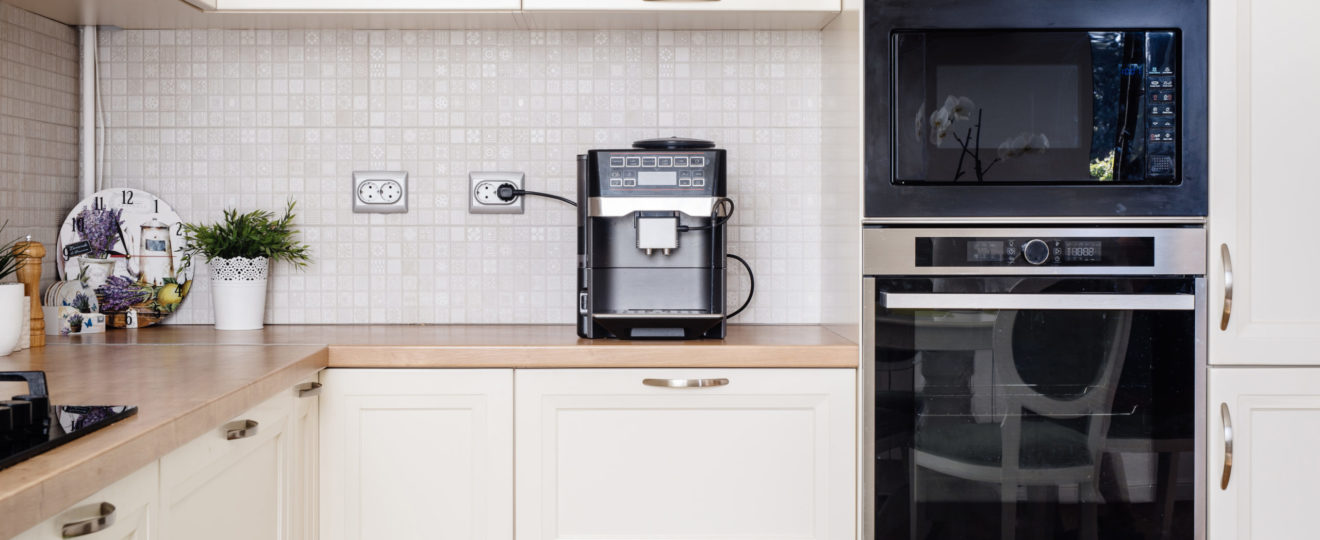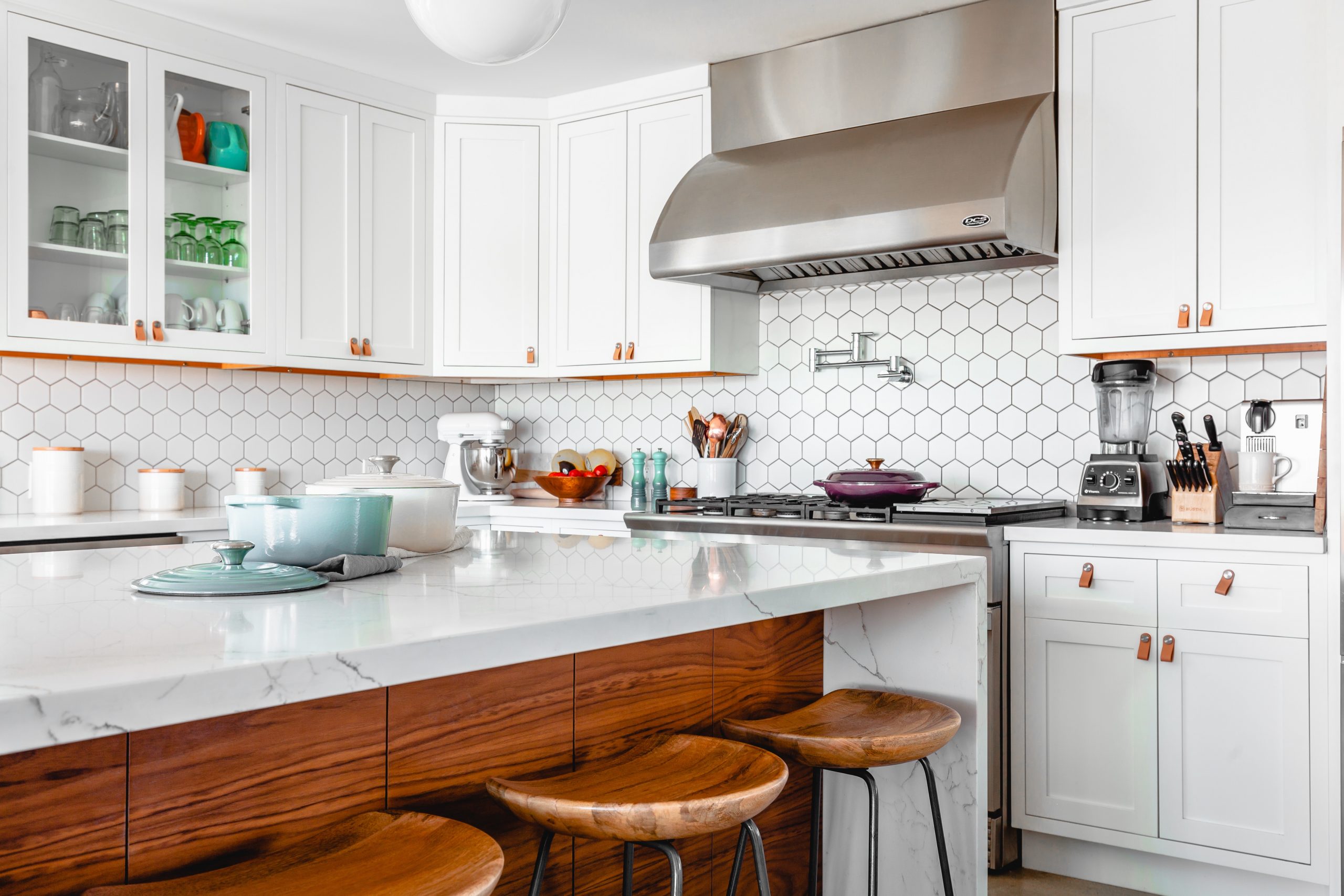If you are like most homeowners, at some point, you have probably plugged something in only to hear a pop or snap and find you have no power. When this happens, the item you plugged in won’t work, and lights or other devices might also stop working. The problem is that you accidentally overloaded the circuit.
Perhaps you have a counter top ice maker to help provide ice cubes for a party you are having. If you have a freezer with an ice maker, it may not make enough ice for everyone at your party. However, when you plug your portable ice maker in, you are adding to the power already required by your refrigerator and freezer. The power needed to run your small ice maker could cause a circuit overload. When this happens, the power it takes to run all items at once exceeds the capacity of the electrical wiring.
Usually, people become concerned that there is a danger when this happens. If an electrical system has been properly installed, an overloaded circuit won’t cause safety issues. An overcurrent protective device inside the electrical panel automatically shuts off the power before any problems occur. In most cases, this will result in a tripped breaker or a “blown fuse” in older homes.
While it may not create a safety issue, it can be a frustrating problem. Let’s take a look at what you can do to prevent overloading your circuits.
Have an electrical inspection.

If you are continually tripping breakers or blowing fuses, it might be good to inspect your electrical system to rule out any issues. Having a certified electrician from a company like Rockwall Electric check out your wiring and electrical panel will give you peace of mind that there aren’t any other larger issues. A professional will identify any issues such as faulty electrical outlets, damaged circuits, loose connections, or aging wiring. If there are any issues, an electrician can help you resolve the problem quickly and safely.
Shift devices around.

The immediate solution to overloaded circuits is shifting some devices to another general-purpose circuit. You can then flip the breaker back on or replace the fuse. However, this may not be easy, as you have to find another circuit to use. Additionally, this might not be a permanent solution since the device could now be plugged in at inconvenient locations. Shifting devices could be a quick fix until you can find a better solution.
Install more circuits.
/how-to-wire-an-electrical-panel-1152762-hero-bf8ef4c2d4dd42ed879cbbff2a3ce161.jpg)
If this continues to be a problem and an inspection hasn’t revealed any issues, you might consider adding more circuits. Particularly if you live in an older home, your house might not be equipped to handle all of your appliances and devices. If you are committed to plugging in all of your devices and having that additional ice maker, your electrical panel could be expanded to add more circuits. You will need to consult with a certified electrician to make this change.
Avoid using extension cords.
/cdn.vox-cdn.com/uploads/chorus_image/image/65895513/AN8125.8.jpg)
While extension cords are common tools in most households to bring power across a room, they should only be temporary solutions. If you keep overloading your circuits, you may be tempted to use a drop cord. Extension cords are not designed to handle the load of appliances, and you could create a safety issue. About 6.8 percent of all residential fires occur due to electrical failures such as extension-cord shorts. It is best to find a permanent solution to your circuit issues rather than relying on an extension cord.
The average household has more than 10 appliances in addition to the various mobile devices, lamps, and other items. In some instances, your house may not be able to power all of these things. You should seek the help of a qualified electrician if you are having problems with overloaded circuits.








